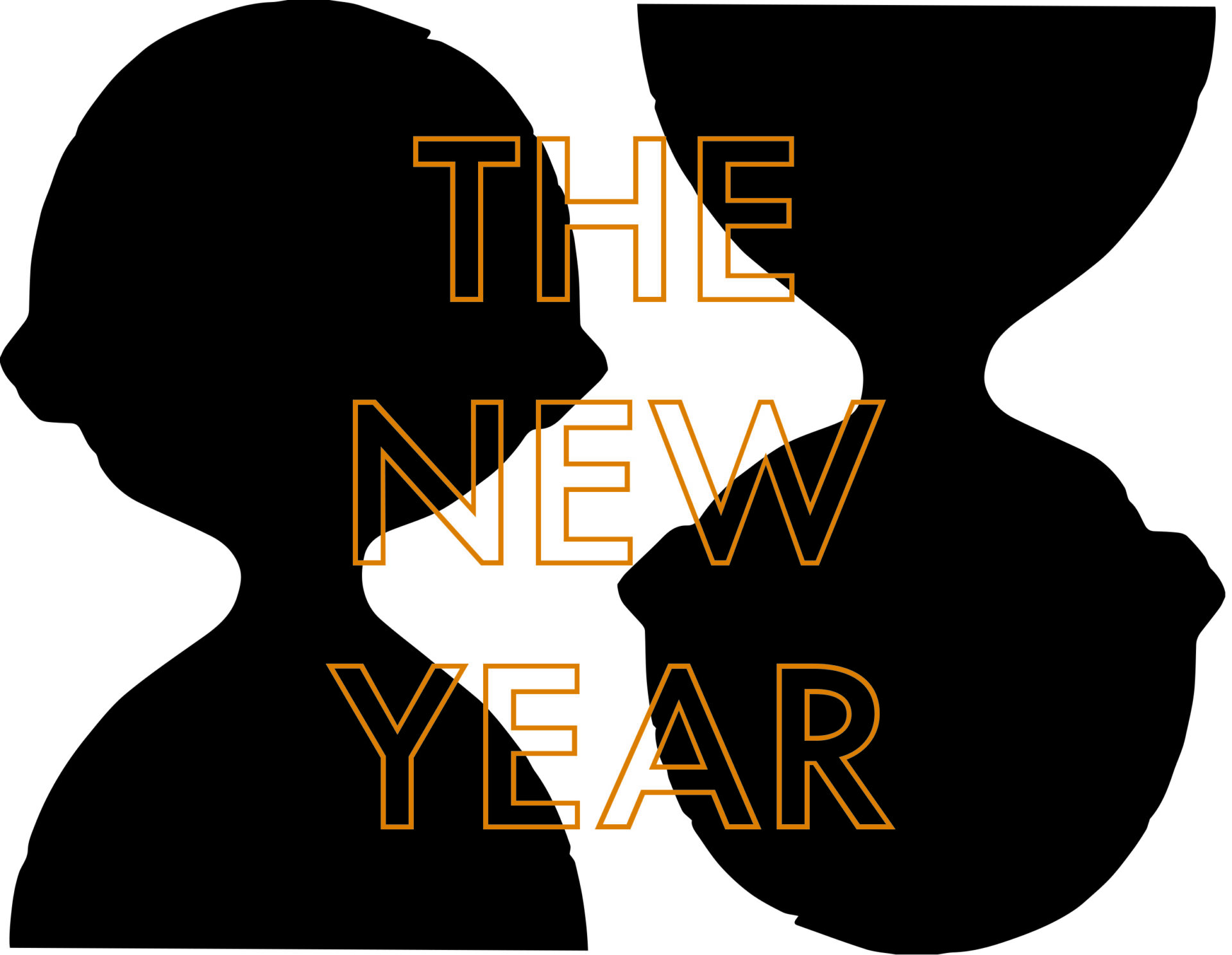VAJIKO CHACHKHIANI, The New Year
14 October 2022 – 8 January 2023
Curators: Luigi Fassi and Anni Venäläinen
Vajiko Chachkhiani’s practice has been characterized as spiritual dramaturgy that explores decisive aspects of human life, such as death, the unresolved relationship between the past and the present, and the individual’s attempts to understand suffering. Through his sculptures and installations, the artist addresses psychological conditions such as loneliness and violence at the intersection of religion, politics and mythology. Frequently based on transformative action, many of his sculptures are hybrid objects in which the initial image becomes a key to access a deeper and darker dimension akin to the revelatory territory of psychoanalysis.
In his solo exhibition in Pori Art Museum, Chachkhiani has chosen the challenge of confronting a poem by Arthur Rimbaud by trying to translate it into visual and sculptural terms. Rimbaud’s The Orphans’ New Year’s Gift is a mournful portrait of the expectations and desires of two parentless children during the Christmas season. Chachkhiani approaches the poem like a score whose emotional suggestions he returns to the visitor. In the Task of Translator, written in 1920, Walter Benjamin asserted the impossibility of translating a poetic text in communicative terms. Because poetry is not communication but an artistic form in itself, it not a service to the reader but rather a text that seeks an intimate relationship with the original, ultimately becoming poetry itself. It is in this space of powerful creative freedom, between interpretation and reinvention, that Chachkhiani operates. He evokes Rimbaud’s poetic thought by renewing its potential for emotion and philosophical reflection. He wants to convey to the visitor a sense of Rimbaud’s poem in the form of sculptural language, a journey in which the artist’s sculptures themselves approach the limit of the expressive capacities of language.
The exhibition consists of sculptures and images blend into each other in an almost dream-like scenario. They function as metaphors for objects that mark the transition from childhood to reality, from an infant’s maternal universe towards a full relationship with the world. Termed transitional objects by the British psychoanalyst Donald Winnicott, such objects open the way to a rite of passage. In the exhibition it is the impossibility to interpret Rimbaud’s poem in visually in crystal clear images that compelled the artist to create such metaphors, reminiscent of toys and teddy bears, that accompany the gradual shift from childhood towards adulthood.
The silhouette of an elephant stands out alone, covered by a projection of pouring rain. It is an image that symbolically evokes a theme in existentialist philosophy, the accumulation of knowledge and experience, expressed by the animal’s weight. At the same time the figure evokes the melancholia and sense of loss of meaning that can grip any one of us in the path of life, regardless of our social role, culture and identity. In one room, a bed welcomes the figure of a sleeping child. Projected on the covers, the image of a bird in flight seems to watch over the child’s rest. In evocation of the other protagonist in Rimbaud’s poem, a second child stands next to the bed, silently waiting. The children are accompanied by a Christmas tree lit with fireworks, an image evoking the longing of sharing and joy that animates their lives.
Thus Chachkhiani returns the sense of hope and disillusionment in Rimbaud’s text to the visitor in the form of a show that interrogates our deepest fears, desires and emotions, while opening up a space of enchantment.
//
BIO
Vajiko Chachkhiani (b. 1985 in Tbilisi, Georgia) lives and works in Berlin and Tbilisi. He studied at the University of the Arts (UdK), Berlin, with Prof. Gregor Schneider until 2013. Previously, he studied Mathematics and Informatics at the Technical University of Tbilisi. His solo exhibitions include: Finger, Fist, and Thumb Sucking, WHITE SPACE (Shunyi), Beijing, China (2022); Lower than the Sky, Kunstmuseum Brandts, Odense, Denmark (2022); Heavy Metal Honey, Bundeskunsthalle, Bonn, Germany (2018); Many Lives Pass By While Imitating Death, Kunsthaus Dahlem, Berlin, Germany (2015); Both, Museum für Gegenwartskunst, Siegen, Germany (2014). His works were also presented at NIRIN – The 22nd Biennale of Sydney, various venues, Sydney, Australia (2020); A Good Neighbour, Pinakothek der Moderne, Munich, Germany, in cooperation with Istanbul Biennale (2018); Wieder und Wider, Hamburger Kunsthalle, Hamburg, Germany (2018); WAITING. Between Power and Possibility, Hamburger Kunsthalle, Hamburg, Germany (2017). In 2017, his work “Living Dog Among Dead Lions” was shown in the Georgian Pavilion at the Venice Biennale. Chachkhiani was nominated for the Kunstpreis Böttcherstraße 2018, and he received Villa Aurora Fellowship in Los Angeles and a Residency Grant Tokyo in 2018, and the Rubens Promotional Award in 2017.
Red-tailed Hawk Footage Provided by Ferris Akel, III. Used under license.
